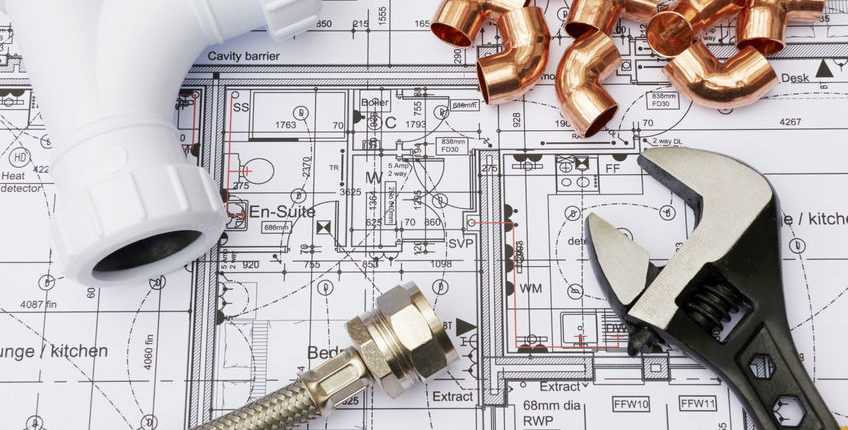When it comes to your house, not every element is designed to last forever. The pipes that connect your home are a perfect example of this. Whether it’s rust, corrosion or leaking, there is a lifespan that the water and sewer lines have, and once they go, repairs can be pricey to make.
To keep leaks from happening in your home, you need to research what pipes you currently have. This is done through a home inspection report or via review from a licensed plumber. Learn which pipe materials will have the longest pipe lifespan, and the expected timeframe you’ll need to have them repaired or replaced.
The average amount of time that your pipes last are fully contingent on what materials they are made of. Supply pipes tend to have a shorter lifespan, due to the fact that they are under constant pressure. Brass supply pipes have an average life on 40-70 years, copper supply pipes lasts 50 years, and galvanized steel supply pipes carry a 20-50 year lifespan.The lifespan of drain pipes is typically much longer than that of supply pipes. For example, cast iron drain pipes can last for 75-100 years, and polyvinyl chloride pipes, or PVC pipes, can have an indefinite lifespan.If your pipes are shown to be beyond their listed lifespans, it doesn’t necessarily mean that it’s time to replace them. Many well-maintained pipes can last longer than average, though the inverse is true for less-maintained pipes as well as those in areas with hard water.
Which Pipes Need More Attention
There are other materials of pipe that may need more care. Polybutylene piping was used in homes built from the 1970s to the 1990s, especially those located in the Sun Belt, Pacific Northwest and the Mid-Atlantic areas. It is a gray, plastic material that can break easily. These pipes must be inspected by a plumber, as the outside of the pipes doesn’t adequately indicate the health of the pipe. Polybutylene pipes are prone to leakage due to chlorinated water passing through the pipes, which can lead to internal flaking.
Another pipe material to be cautious of is lead. Lead pipes were first used in the early 1900s, and while the lifespan is very long, the lead can seep into your drinking water, which can lead to many health issues. The surface of these pipes can be easily scratched. For homes with this kind of pipe, a plumber should have the water tested. If there is 15 parts per billion or more of lead in the water samp






